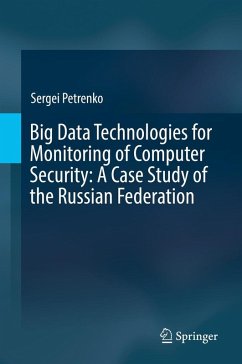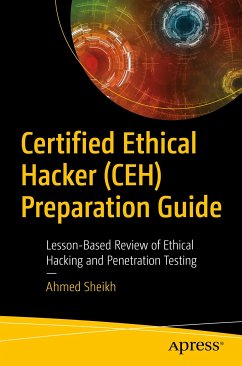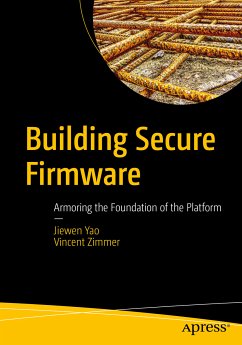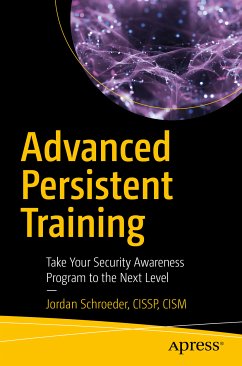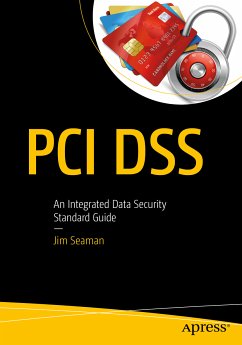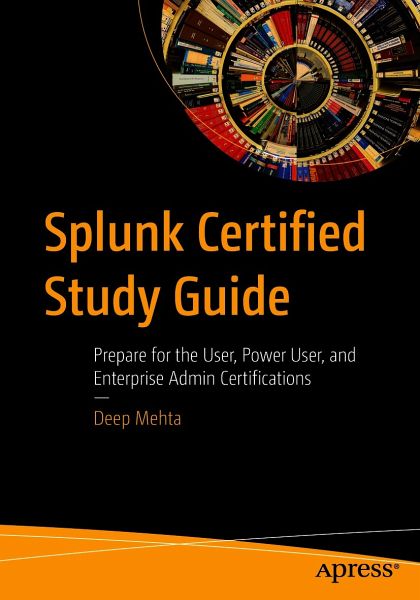
Splunk Certified Study Guide (eBook, PDF)
Prepare for the User, Power User, and Enterprise Admin Certifications
Versandkostenfrei!
Sofort per Download lieferbar
43,95 €
inkl. MwSt.
Weitere Ausgaben:

PAYBACK Punkte
22 °P sammeln!
Make your Splunk certification easier with this exam study guide that covers the User, Power User, and Enterprise Admin certifications. This book is divided into three parts. The first part focuses on the Splunk User and Power User certifications starting with how to install Splunk, Splunk Processing Language (SPL), field extraction, field aliases and macros, and Splunk tags. You will be able to make your own data model and prepare an advanced dashboard in Splunk.In the second part, you will explore the Splunk Admin certification. There will be in-depth coverage of Splunk licenses and user rol...
Make your Splunk certification easier with this exam study guide that covers the User, Power User, and Enterprise Admin certifications. This book is divided into three parts. The first part focuses on the Splunk User and Power User certifications starting with how to install Splunk, Splunk Processing Language (SPL), field extraction, field aliases and macros, and Splunk tags. You will be able to make your own data model and prepare an advanced dashboard in Splunk.
In the second part, you will explore the Splunk Admin certification. There will be in-depth coverage of Splunk licenses and user role management, and how to configure Splunk forwarders, indexer clustering, and the security policy of Splunk. You'll also explore advanced data input options in Splunk as well as .conf file merging logic, btool, various attributes, stanza types, editing advanced data inputs through the .conf file, and various other types of .conf file in Splunk.
The concluding part covers the advanced topics of the Splunk Admin certification. You will also learn to troubleshoot Splunk and to manage existing Splunk infrastructure. You will understand how to configure search head, multi-site indexer clustering, and search peers besides exploring how to troubleshoot Splunk Enterprise using the monitoring console and matrix.log. This part will also include search issues and configuration issues. You will learn to deploy an app through a deployment server on your client's instance, create a server class, and carry out load balancing, socks proxy, and indexer discovery.
By the end of the Splunk Certified Study Guide, you will have learned how to manage resources in Splunk and how to use REST API services for Splunk. This section also explains how to set up Splunk Enterprise on the AWS platform and some of the best practices to make them work efficiently together.
The book offers multiple choice question tests for each part that will help you better prepare for the exam.
What You Will Learn
- Study to pass the Splunk User, Power User, and Admin certificate exams
- Implement and manage Splunk multi-site clustering
- Design, implement, and manage a complex Splunk Enterprise solution
- Master the roles of Splunk Admin and troubleshooting
- Configure Splunk using AWS
Who This Book Is For
People looking to pass the User, Power User, and Enterprise Admin exams. It is also useful for Splunk administrators and support engineers for managing an existing deployment.
Dieser Download kann aus rechtlichen Gründen nur mit Rechnungsadresse in A, B, BG, CY, CZ, D, DK, EW, E, FIN, F, GR, HR, H, IRL, I, LT, L, LR, M, NL, PL, P, R, S, SLO, SK ausgeliefert werden.



